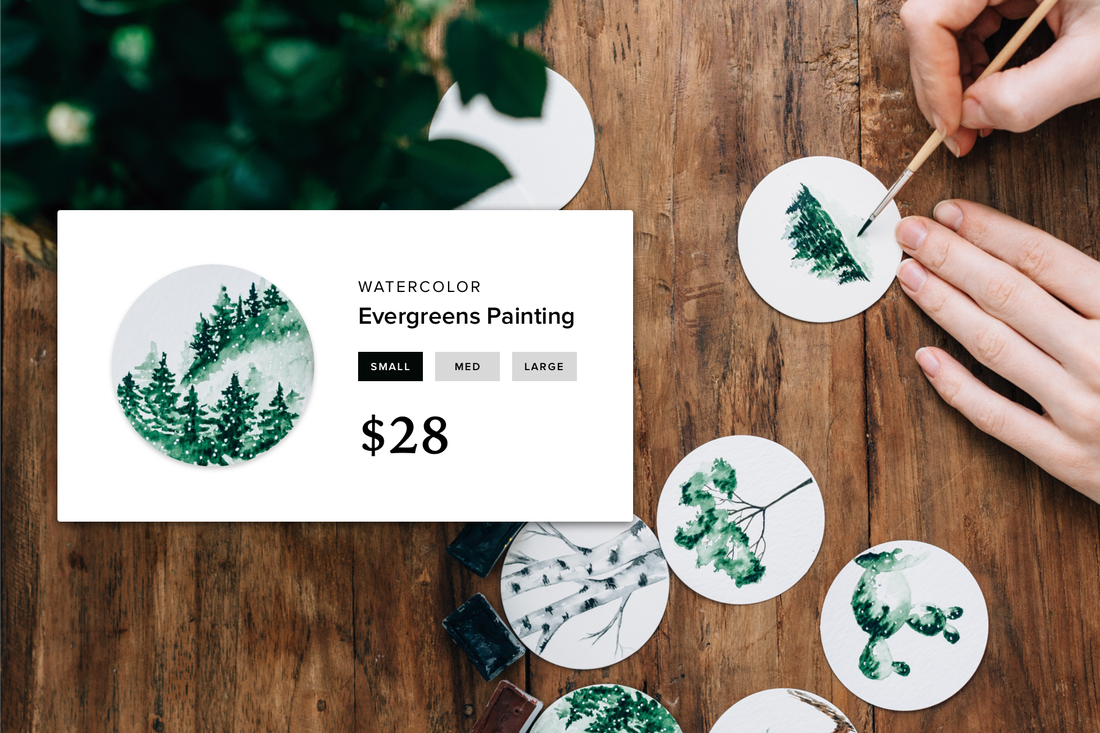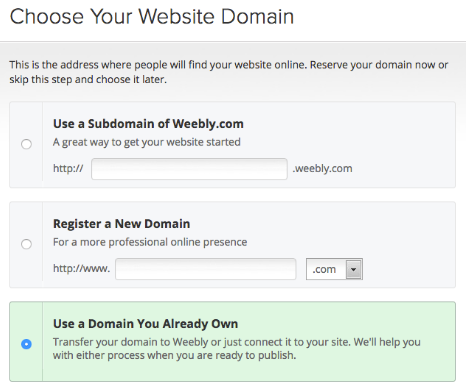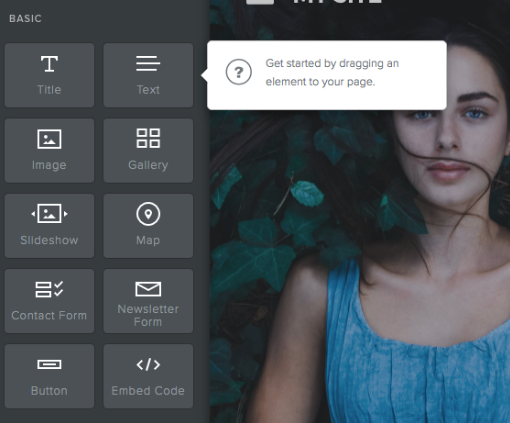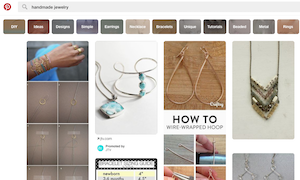Whether you’re a large business or a sole proprietor, creating a website for your company is a vital advertising tool. You can build brand awareness or sell products and services directly with a great website. Your website also serves as an important resource for customers to find information about your business.
But you’ll need to know how to create a website to ensure the end product is the best representation of your business. This guide will help you make a website from scratch, but first you should know your options.
Options for Website Creation
Options for Website Creation
|
Hire an Agency
|
An outside web company will create your website from the ground up. Most agencies will offer additional ongoing features like content building or website optimization. This is typically the most expensive option.
|
|
Hire a Contractor
|
Similar to an agency, you can hire someone in-house with website building experience that can learn your brand and create a website in a specified amount of time.
|
|
Use an Online Web Service
|
Even if you don’t have coding experience, there are website building software or web services like Weebly that allow you to create websites on your own. These services are perfect for small business websites or sole proprietors.
|
Using an online service allows you to have complete control over your website, and is the most cost effective option. The following steps will outline how to build a website with these services.
Step 1: Choose a Platform
Doing your research is vital to website creation. Before considering a design or even a domain name, you should choose your website platform.
A website building platform is a system for managing online content and HTML pages. There are many options, so it’s worth determining your budget and doing research before you choose.
Consider some of the following options during your research phase:
For example, if you wanted to make a website to sell custom t-shirts, you’d want to look for a website builder with good eCommerce features so customers can buy directly from your site along with themes that will make your business and products look great.
Step 2: Find Hosting and Register a Domain Name
Hosting your new website on your own server is optional, but it allows for more control. Several web platforms are free, but without your own server you will be hosted on the platform’s server (example: yourdomainname.server.com).
Owning your own domain name looks more professional than having your site on someone else’s domain, and it’s affordable, ranging from $3 to $10 per month. It also allows control over load times and any issues, like if your site goes down.
Once you choose a hosting and domain registrar, it’s time to pick and register your new website’s domain name. Your domain name should be your company name if possible, but if this is taken, try to optimize your domain name based on your product, service or location.
If you are a new business or this is your first site, there are a few rules of thumb for choosing a domain name:
Use this checklist to help you choose your domain name:
You have a few options for hosting, so choosing the best one is up to you and your preferences. Your website service may also combine hosting and domain registration so you can do it all in one place.
Step 3: Set Up Your Website
Depending on your choice of website platform, this can be simple. For this step, I’ll use an example of setting up a website on Weebly:
Step 1: Choose a Platform
Doing your research is vital to website creation. Before considering a design or even a domain name, you should choose your website platform.
A website building platform is a system for managing online content and HTML pages. There are many options, so it’s worth determining your budget and doing research before you choose.
Consider some of the following options during your research phase:
- Features available
- Themes available
- Price
- Customer support
- Optimization availability (does look good on mobile, can you make SEO changes, etc)
For example, if you wanted to make a website to sell custom t-shirts, you’d want to look for a website builder with good eCommerce features so customers can buy directly from your site along with themes that will make your business and products look great.
Step 2: Find Hosting and Register a Domain Name
Hosting your new website on your own server is optional, but it allows for more control. Several web platforms are free, but without your own server you will be hosted on the platform’s server (example: yourdomainname.server.com).
Owning your own domain name looks more professional than having your site on someone else’s domain, and it’s affordable, ranging from $3 to $10 per month. It also allows control over load times and any issues, like if your site goes down.
Once you choose a hosting and domain registrar, it’s time to pick and register your new website’s domain name. Your domain name should be your company name if possible, but if this is taken, try to optimize your domain name based on your product, service or location.
If you are a new business or this is your first site, there are a few rules of thumb for choosing a domain name:
Use this checklist to help you choose your domain name:
- Is it brandable? Your domain name should be in line with your business name, and both should be branded to your industry.
- Is it memorable? Short and clear domain names are memorable, as opposed to long, keyword-heavy URLs.
- Is it eye-catching? A domain name that people will see and recognize is always helpful for your site and your brand.
You have a few options for hosting, so choosing the best one is up to you and your preferences. Your website service may also combine hosting and domain registration so you can do it all in one place.
Step 3: Set Up Your Website
Depending on your choice of website platform, this can be simple. For this step, I’ll use an example of setting up a website on Weebly:
- Choose a Theme: Browse the extensive list of Weebly themes to choose one for your site. This can be changed or tweaked at any time.
- Register Your Domain: Here is where you’ll connect your registered domain name with your Weebly site (you can also register a domain directly from Weebly to keep everything on the same platform).
- Start Designing: Weebly’s easy drag-and-drop feature lets you add fields and create templates for your website pages.
- Publish!
Once your site is live, you can continue to add content, pages, blog posts, and more.
No matter what content platform you choose, it’s helpful to watch tutorials or getting started guides for website creation and design. Weebly has a list of essentials in the Help Center to get you started.
Ready to give your idea a website? Get started for free!
 Kelly AyresKelly is a freelance SEO consultant based out of Washington D.C. She has worked for Philadelphia marketing agencies and writes for several lifestyle sites.
Kelly AyresKelly is a freelance SEO consultant based out of Washington D.C. She has worked for Philadelphia marketing agencies and writes for several lifestyle sites.








